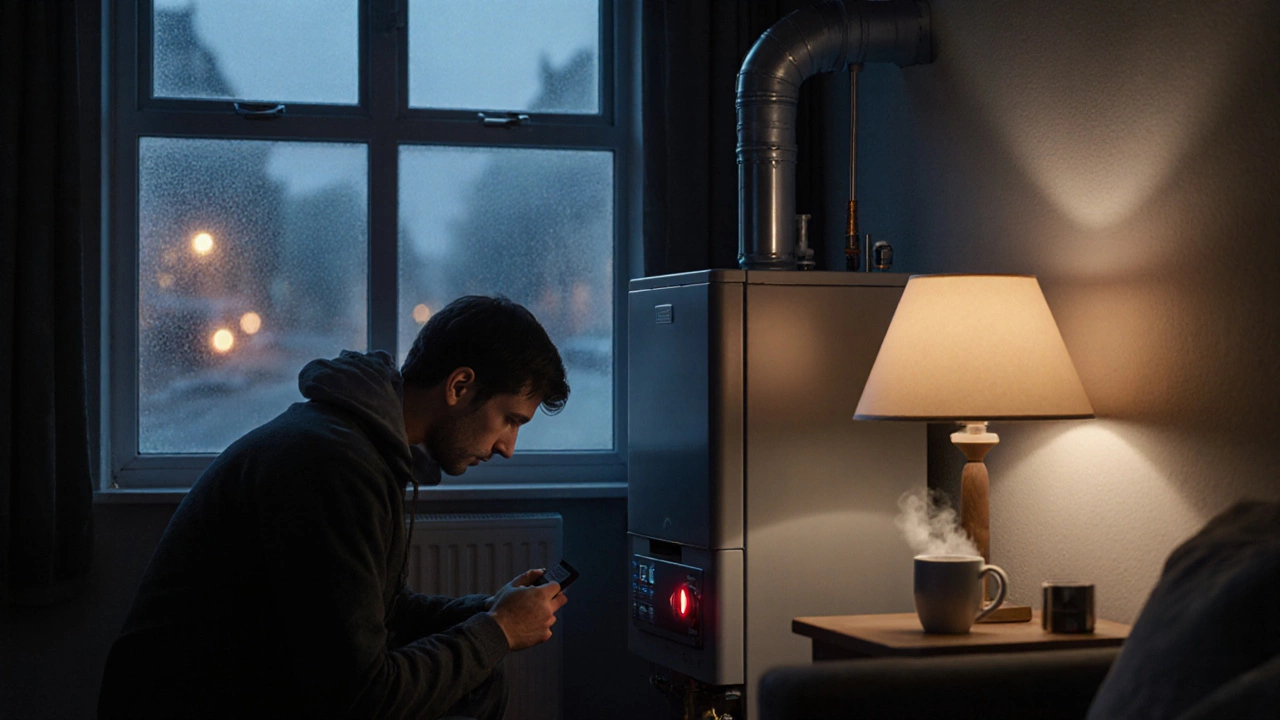DIY Home Heating: Practical Tips, Common Fixes, and Smart Upgrades
When tackling DIY home heating, the practice of maintaining and repairing residential heating systems yourself, you quickly discover it’s more than just flipping a switch. It involves understanding key components like water heaters, tanks that store and heat hot water for showers and appliances and boilers, units that heat water or generate steam for central heating. Mastering the basics of heating element replacement and thermostat calibration can save you time and money, and it also reduces the need for emergency calls. This guide pulls together the most frequent repairs and preventive steps you’ll encounter around the house.
Core Components and How They Connect
The first semantic link is simple: DIY home heating ⟶ water heater maintenance. Flushing a water heater once a year removes sediment that throttles efficiency and can cause the unit to overheat. If the heater keeps tripping its reset button, it usually points to a faulty thermostat or a pressure‑relief valve issue. Checking the TPR valve, cleaning the anode rod, and resetting the high‑limit switch are safe steps most homeowners can do without special tools.
A second connection runs between boilers and annual servicing. Skipping a boiler check often leads to carbon monoxide leaks or reduced heating output. During a service, a technician inspects the heat exchanger, tests the circulation pump, and verifies the gas pressure—tasks that, with the right safety gear, a confident DIYer can observe and even replicate on a basic level. Knowing what a proper flame pattern looks like helps you spot problems before they turn into costly repairs.
Next, heating elements, resistive coils inside ovens, hobs and dryers that convert electricity into heat are a common failure point in electric appliances. When an element burns out, the oven may heat unevenly or not at all. Replacing it usually requires unplugging the appliance, removing a few screws, and swapping the old coil for a new one that matches the voltage rating. The cost is modest, and the process teaches you how to safely work with high‑wattage components.
Thermostats are the brain of any heating system. A mis‑calibrated thermostat can cause a boiler to short‑cycle or a water heater to overheat. Modern programmable thermostats also integrate with smart home hubs, letting you set schedules and monitor energy use from your phone. If you notice temperature swings, start by removing the cover, checking for loose wires, and using a multimeter to verify continuity. Replacing a thermostat is often a weekend project that dramatically improves comfort and efficiency.
Ventilation plays a quiet but vital role. extractor fans, devices that pull moist or stale air out of kitchens and bathrooms help keep humidity low, protecting both heating elements and structural wood from mold. Swapping an old fan for a newer, higher‑CFM model can increase airflow, reduce overheating of nearby appliances, and lower energy bills. The job typically involves disconnecting the old unit, fitting the new one to the existing duct, and sealing any gaps.
All these pieces—water heaters, boilers, heating elements, thermostats, and fans—form an interconnected network that keeps your home warm and efficient. Below you’ll find a curated list of articles that walk through each repair step, offer cost‑comparison charts, and share safety tips you can trust. Whether you’re resetting a water heater, flushing a boiler, or swapping out an oven element, the right knowledge lets you fix problems faster and avoid unnecessary service calls.
How to Heat Your Home When the Boiler Breaks
0 Comments
Learn safe, quick ways to keep your home warm after a boiler failure, from temporary heaters to insulation tricks and when to call a pro.
Read More